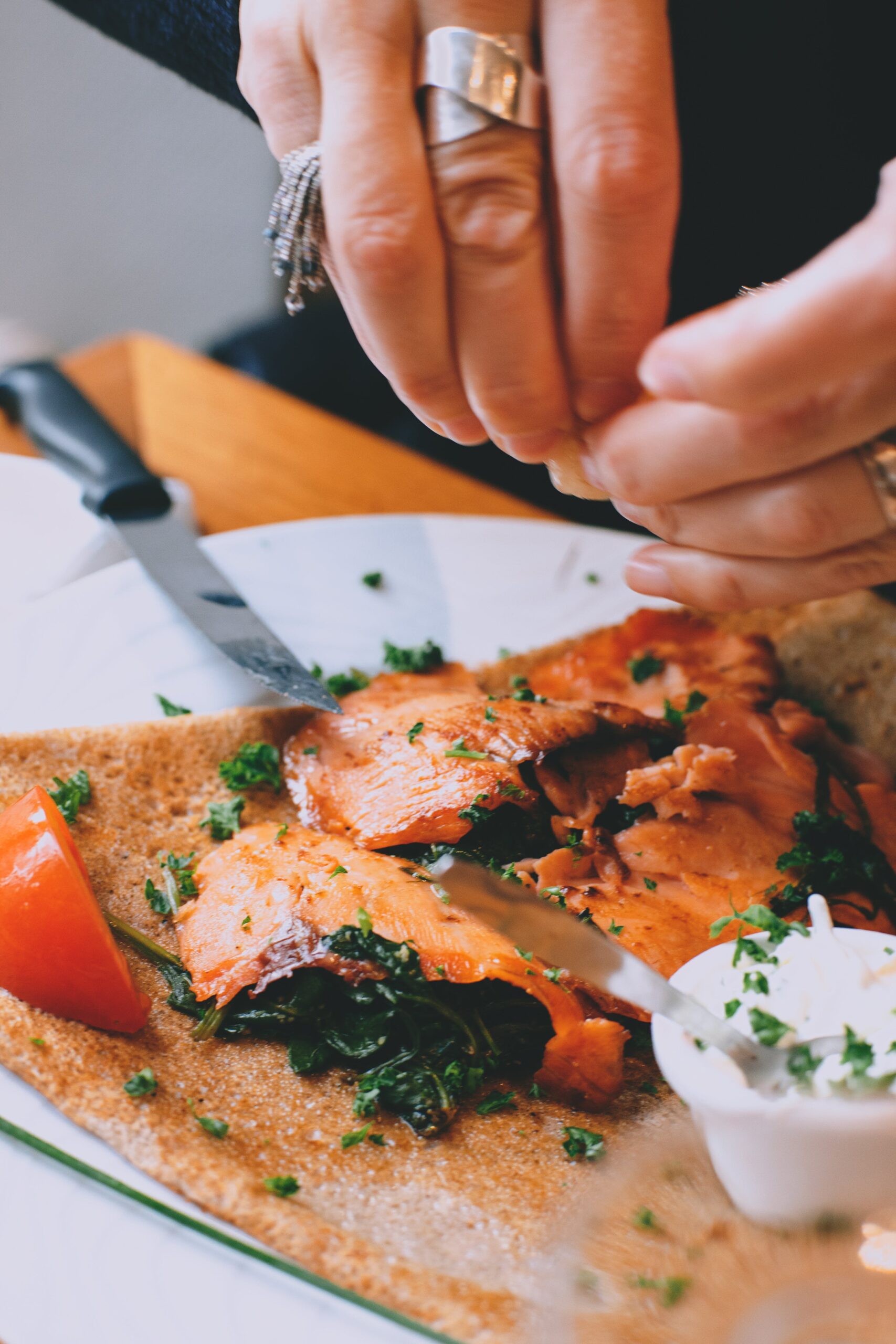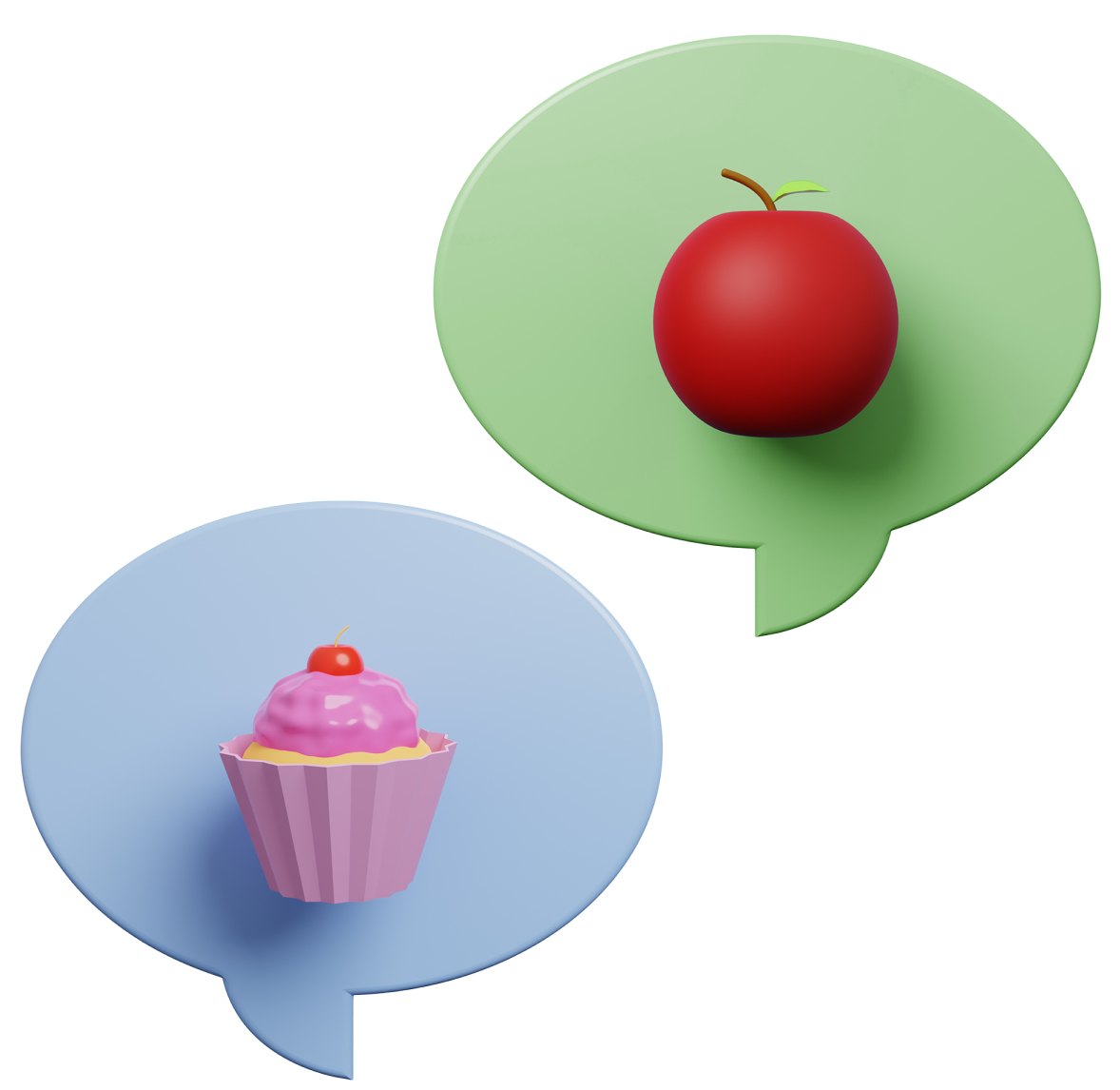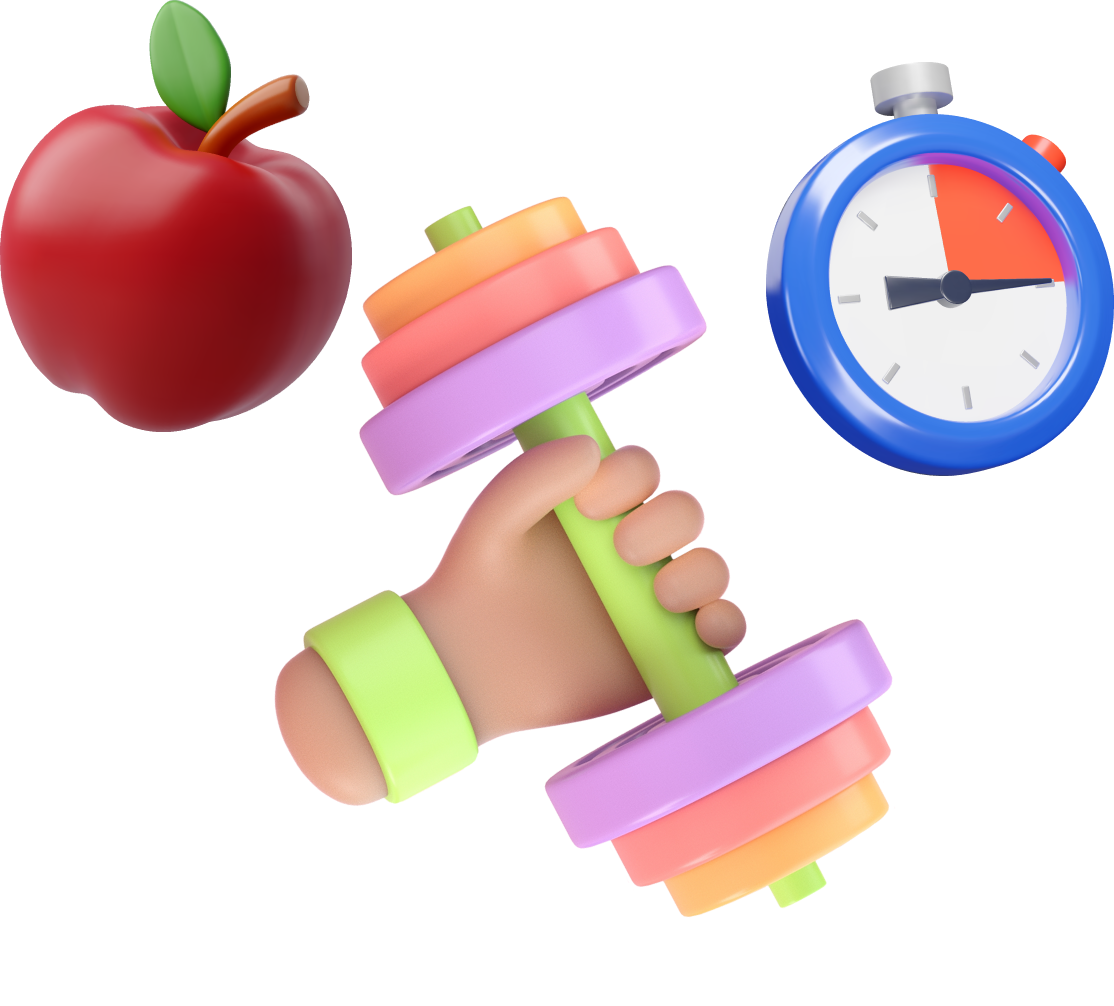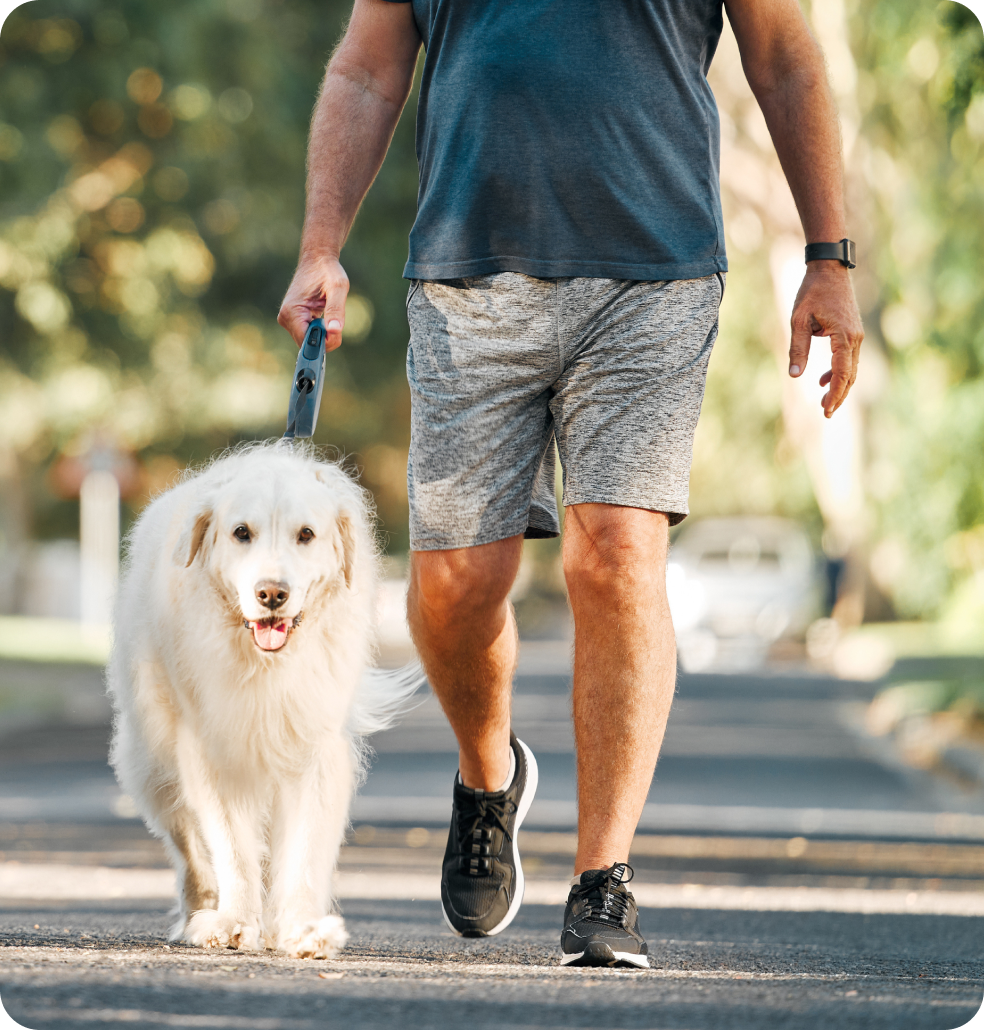Eat mindfully.
No, we aren’t saying you need to do yoga and deep breathing every time you’re hungry. Mindful eating is about paying attention to not only the ways you eat but also how you buy, prepare and serve food. For example, mindfulness means you pay attention to your responses to food – what do you like, dislike or feel indifferent about? How do certain foods make you feel, both physically and emotionally?
Choose foods that you like and that make you feel both physically and emotionally good. Serve your food on a plate or in a setting that makes mealtime more of a ritual. Don’t scroll on your phone or watch TV while you’re eating, and instead pay attention to the scent, taste and textures of your food.







